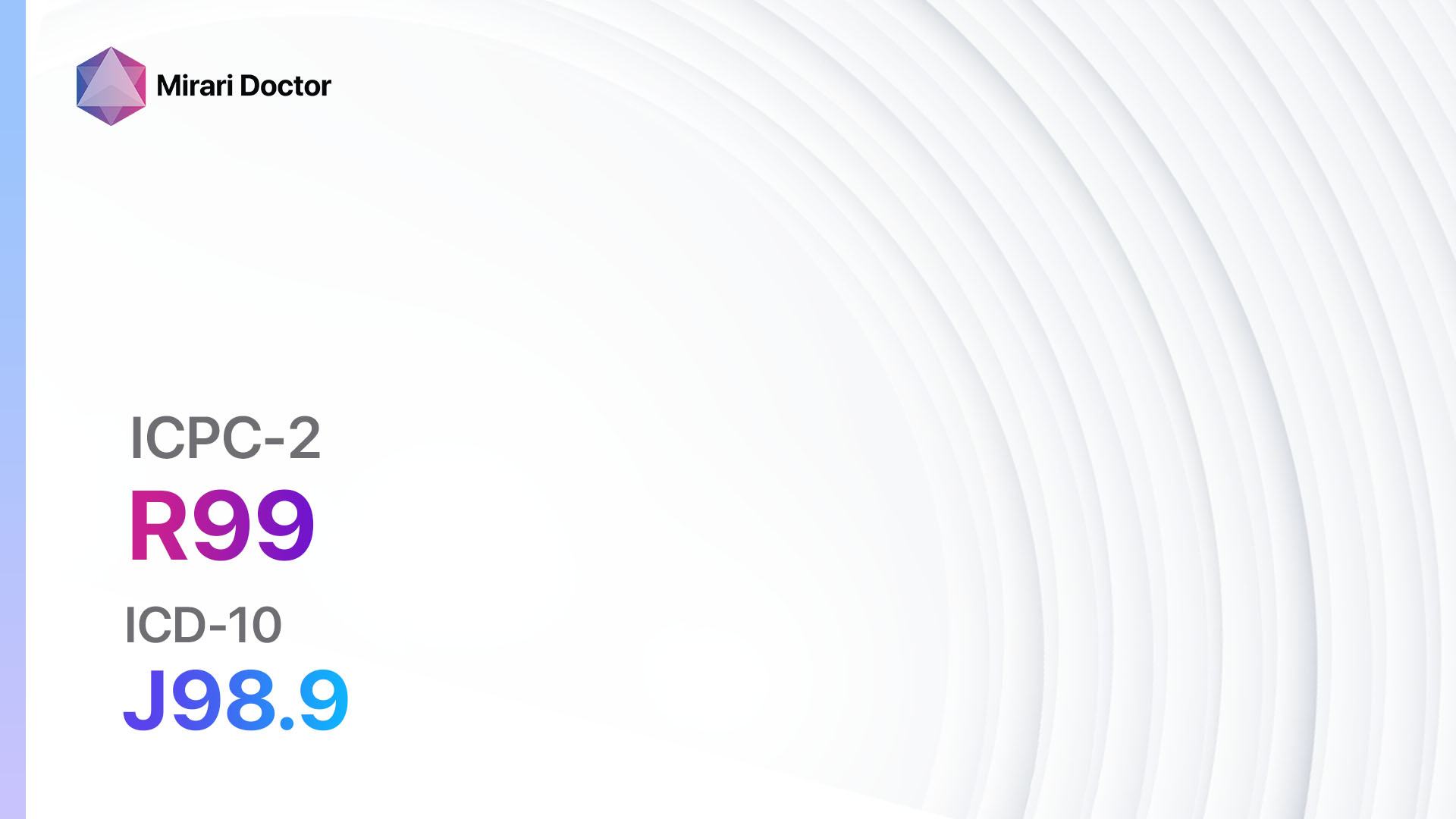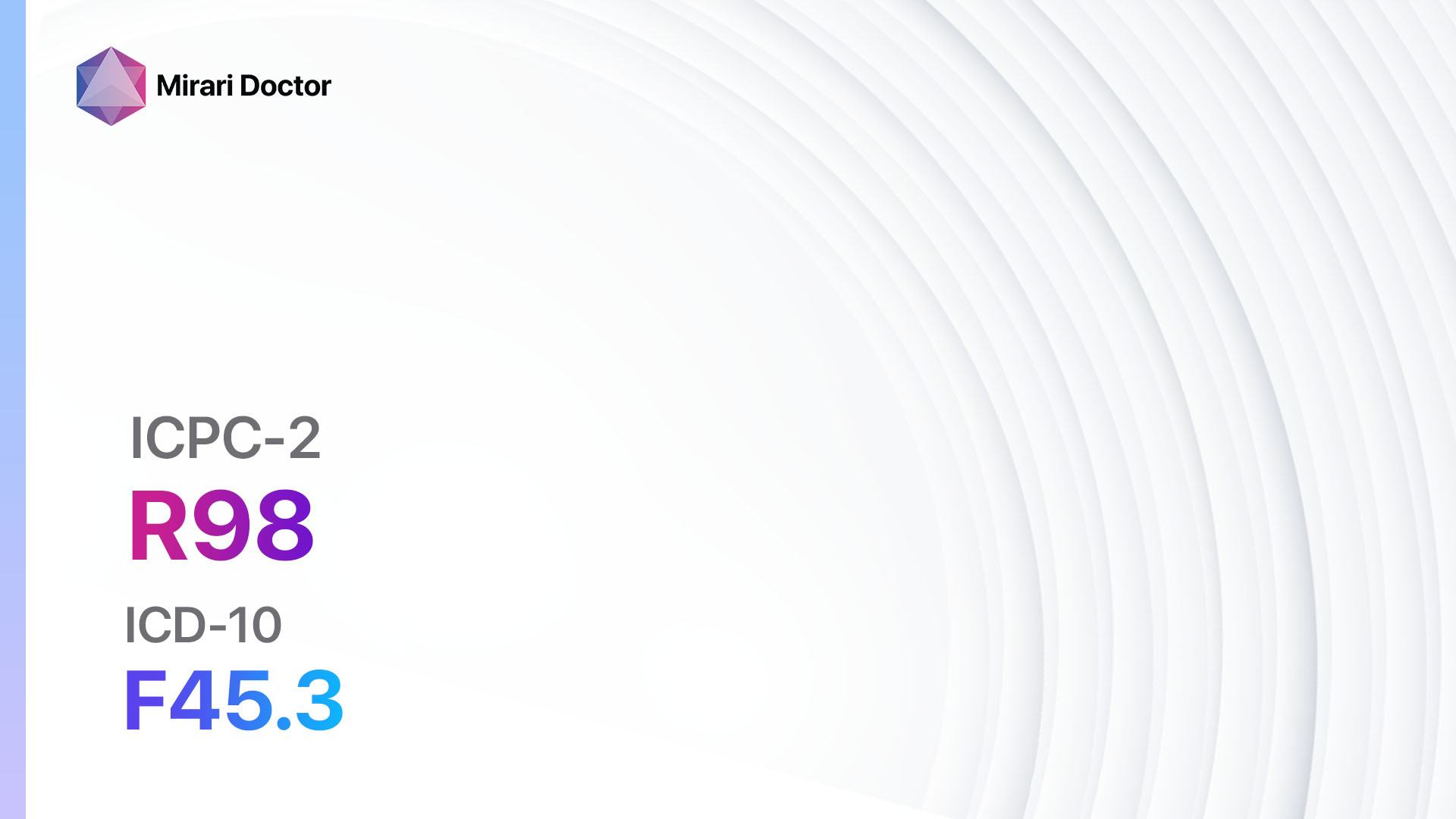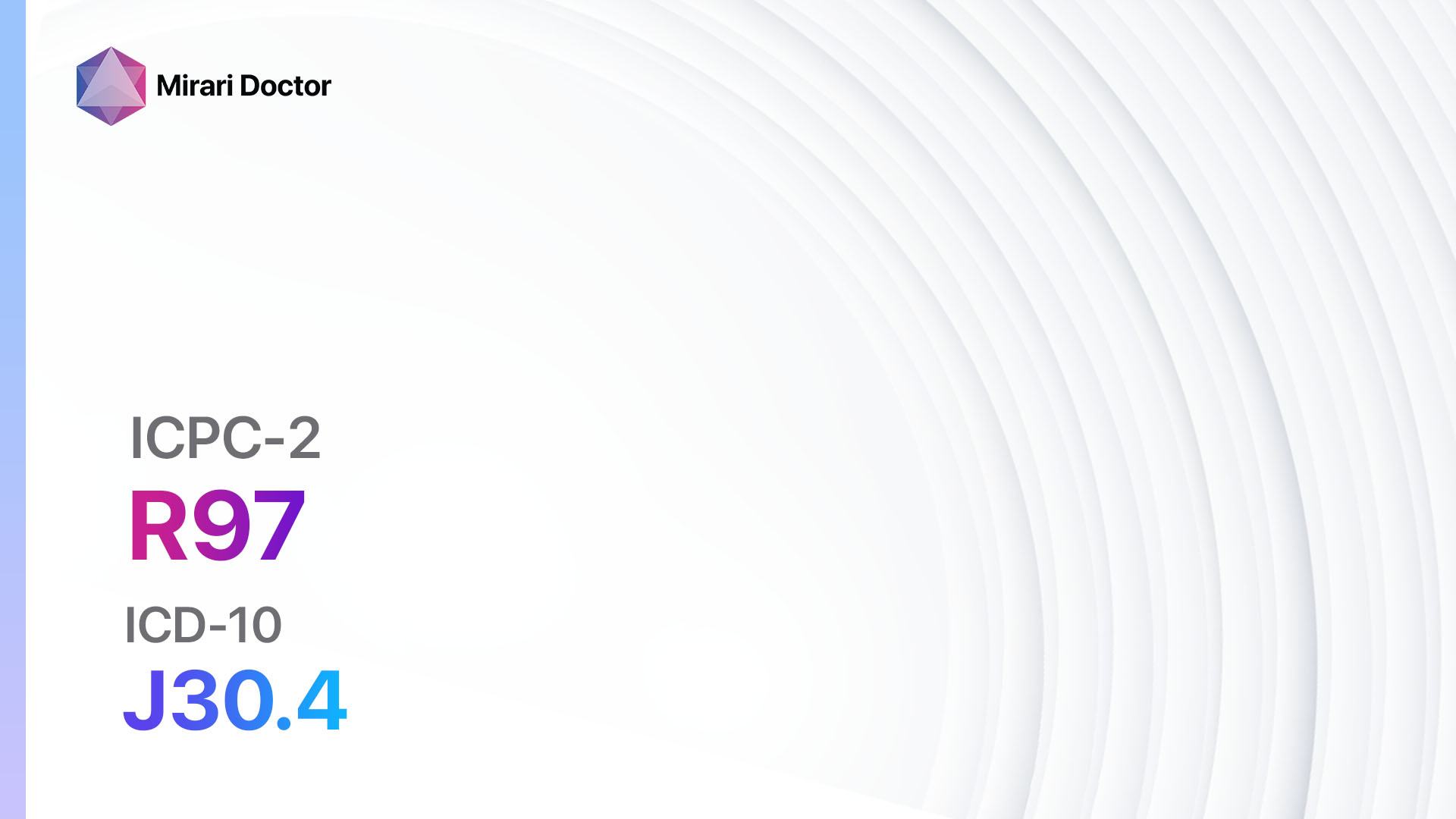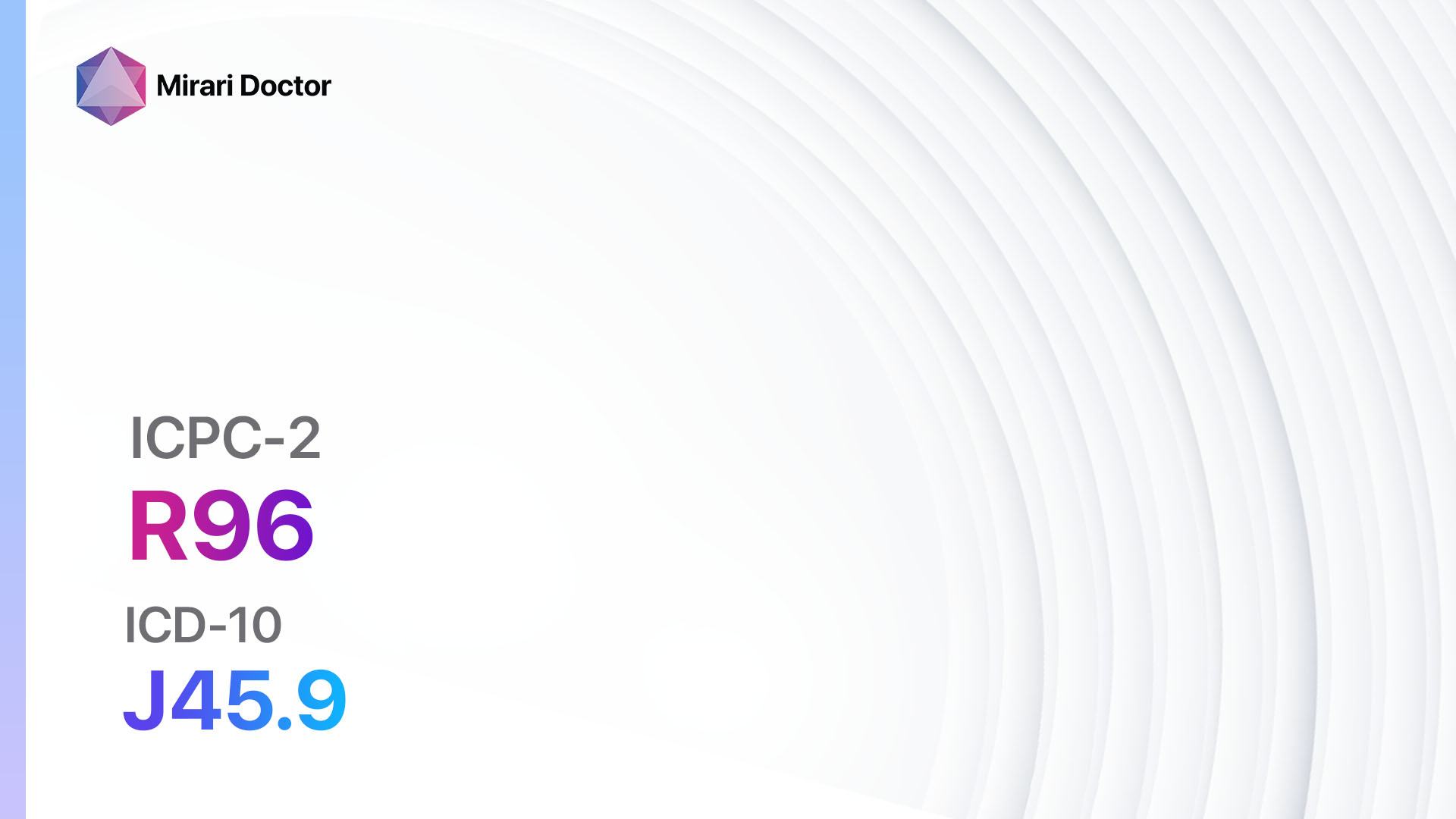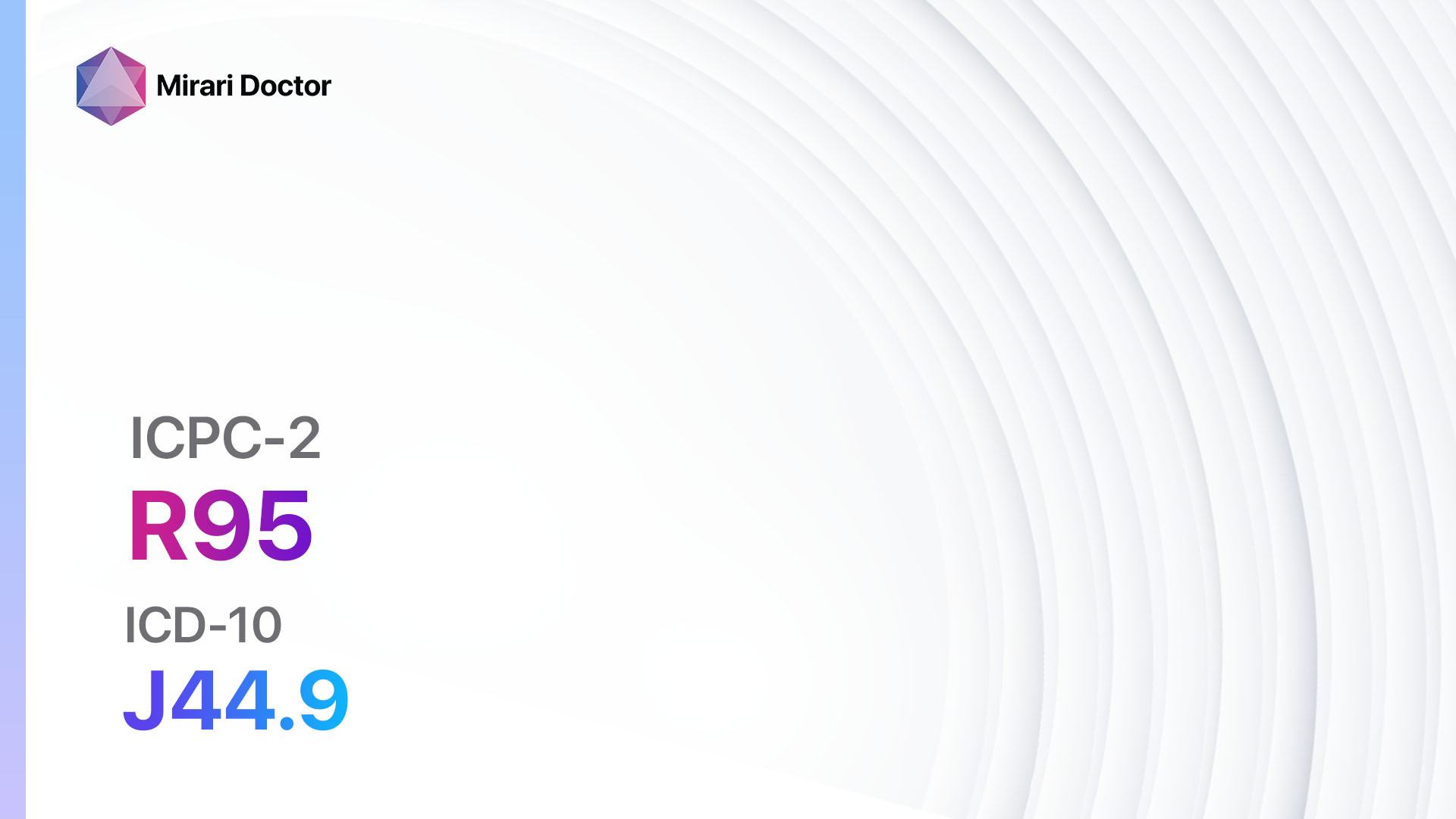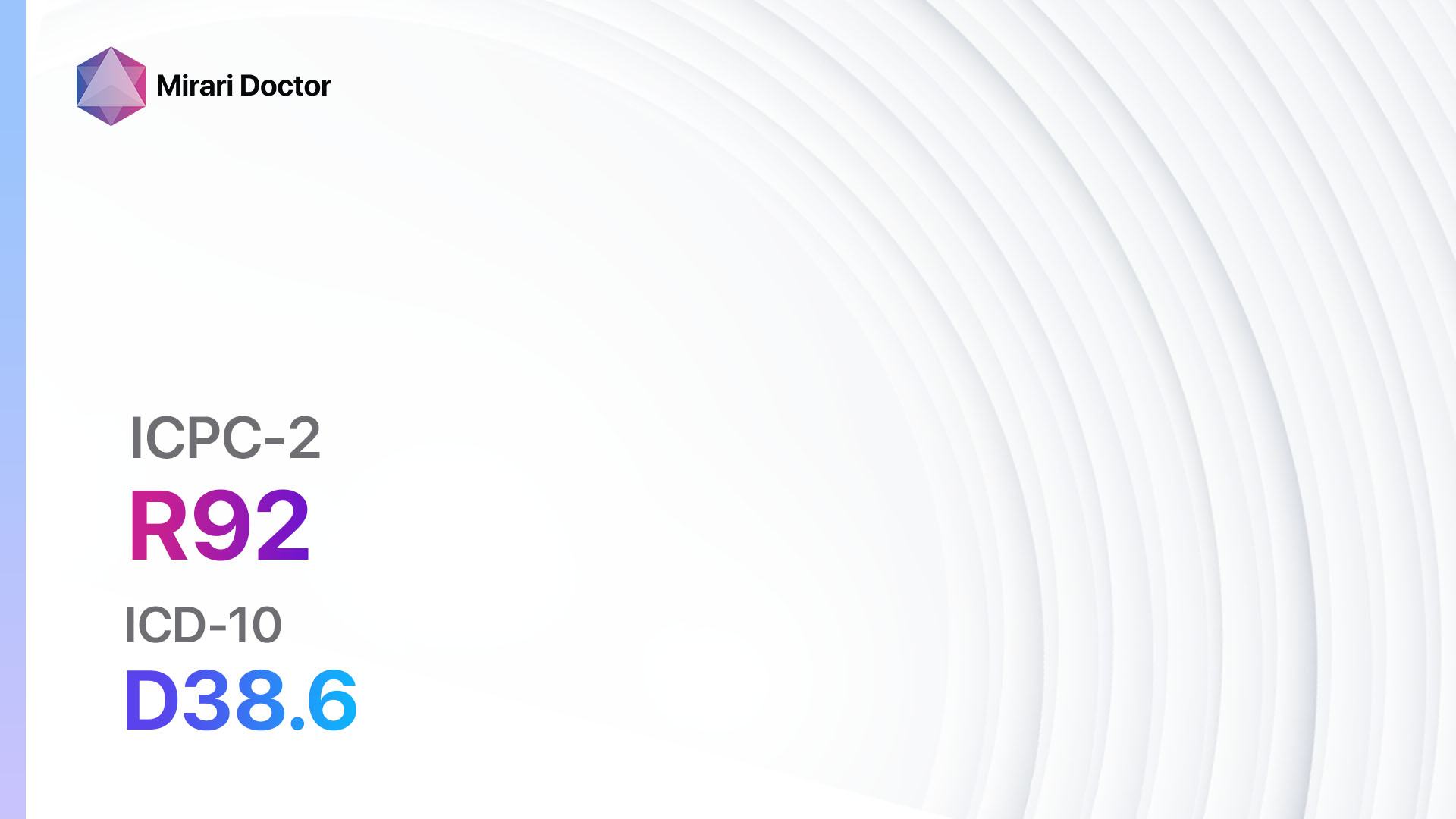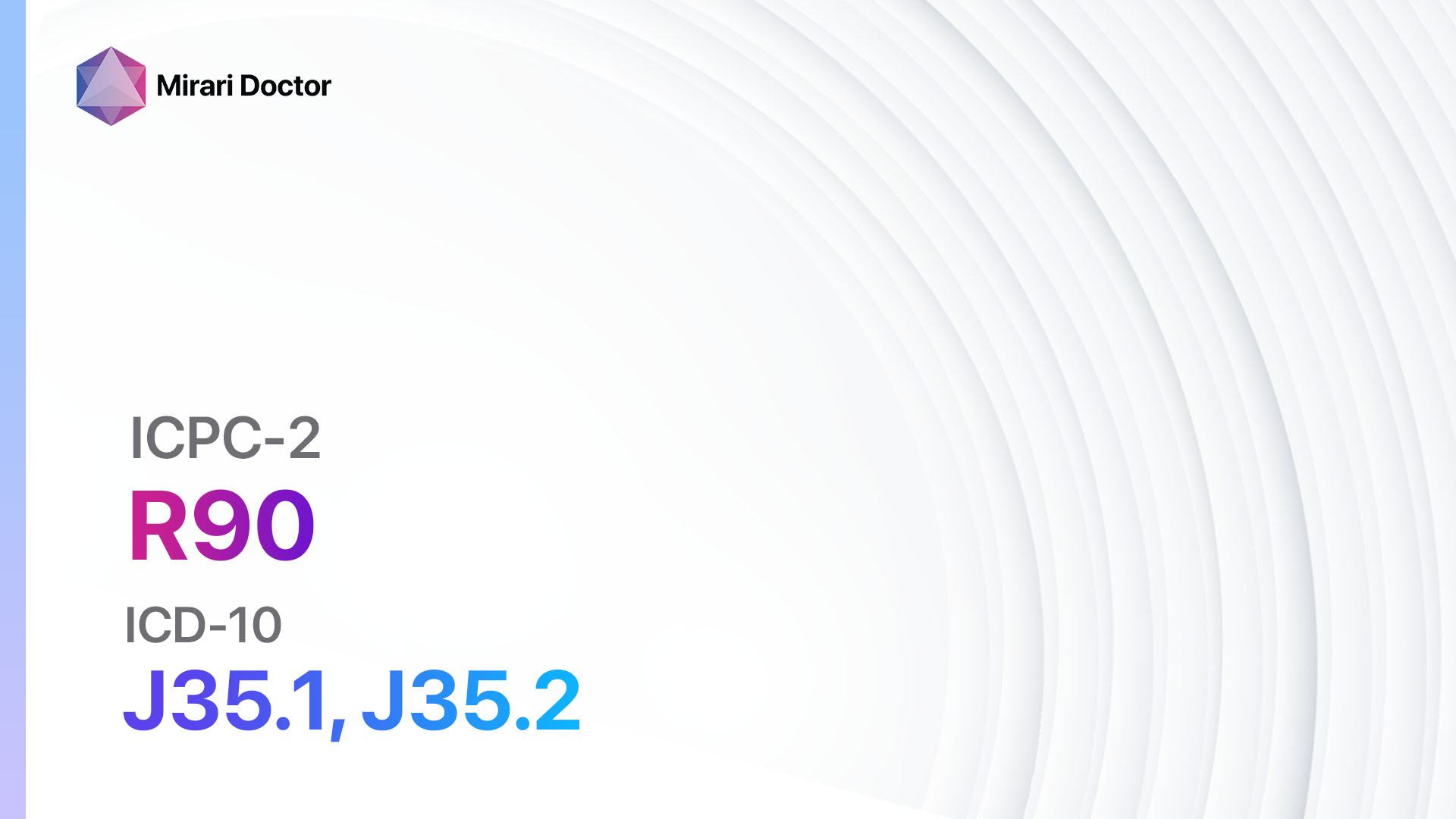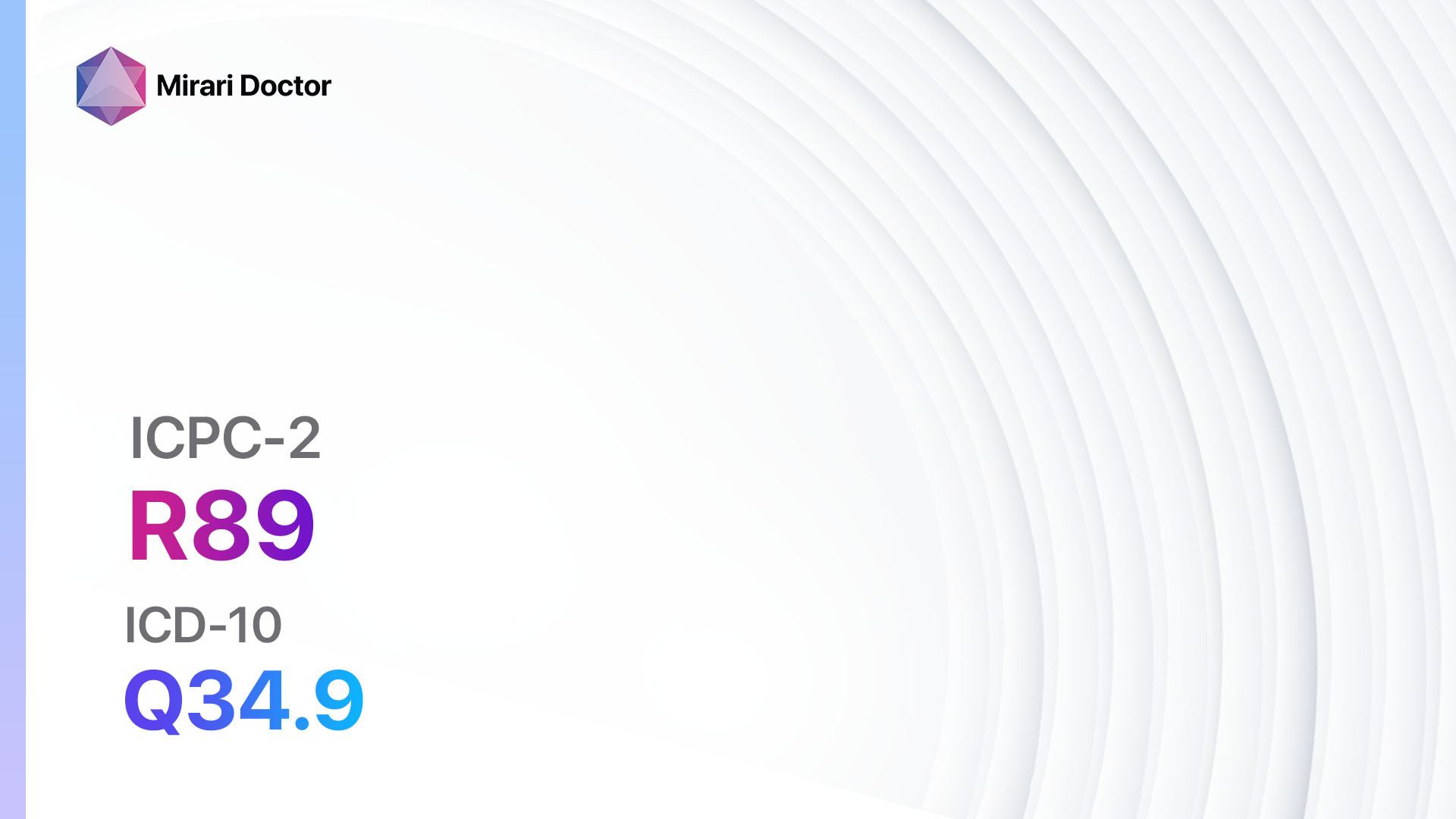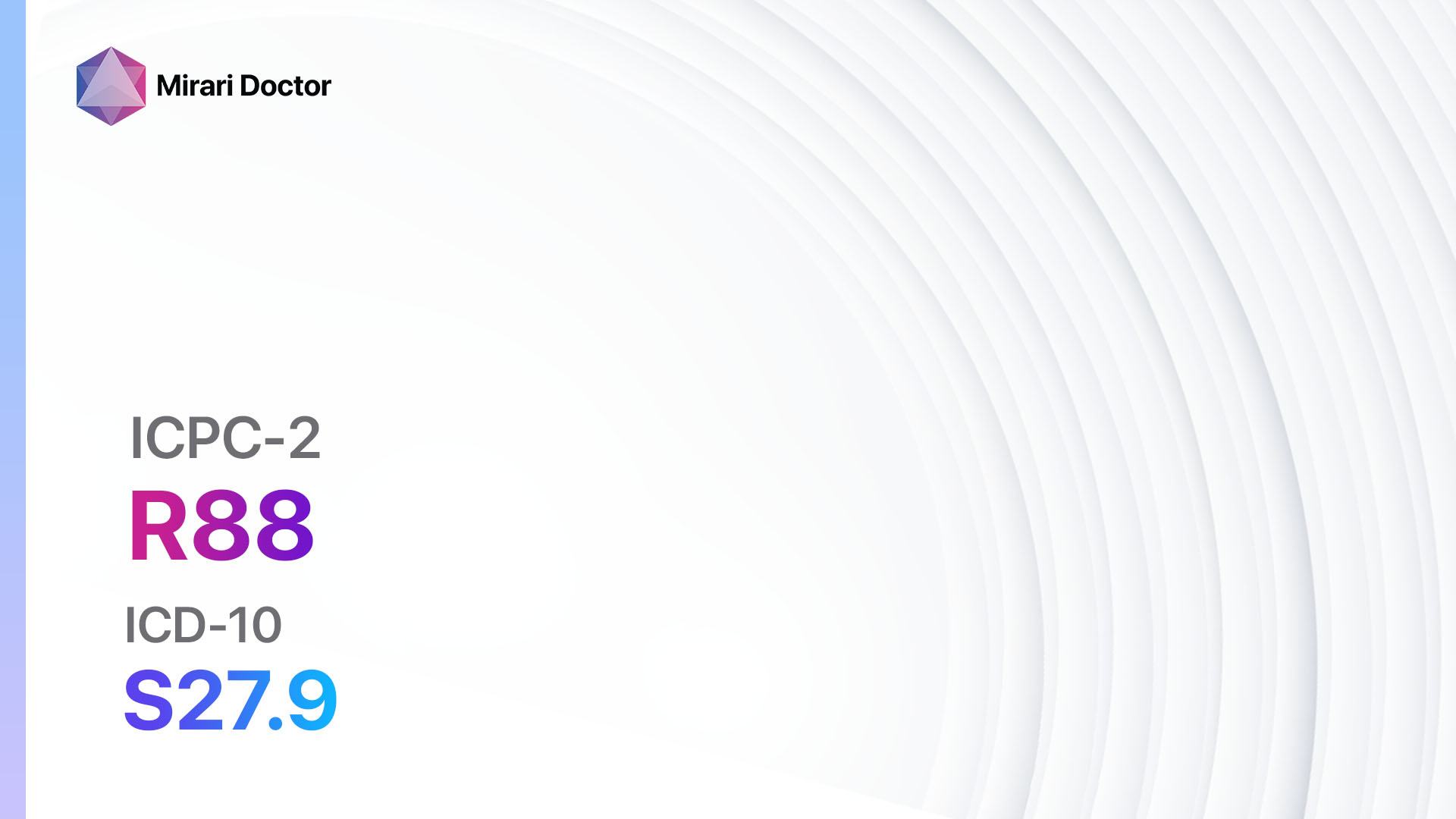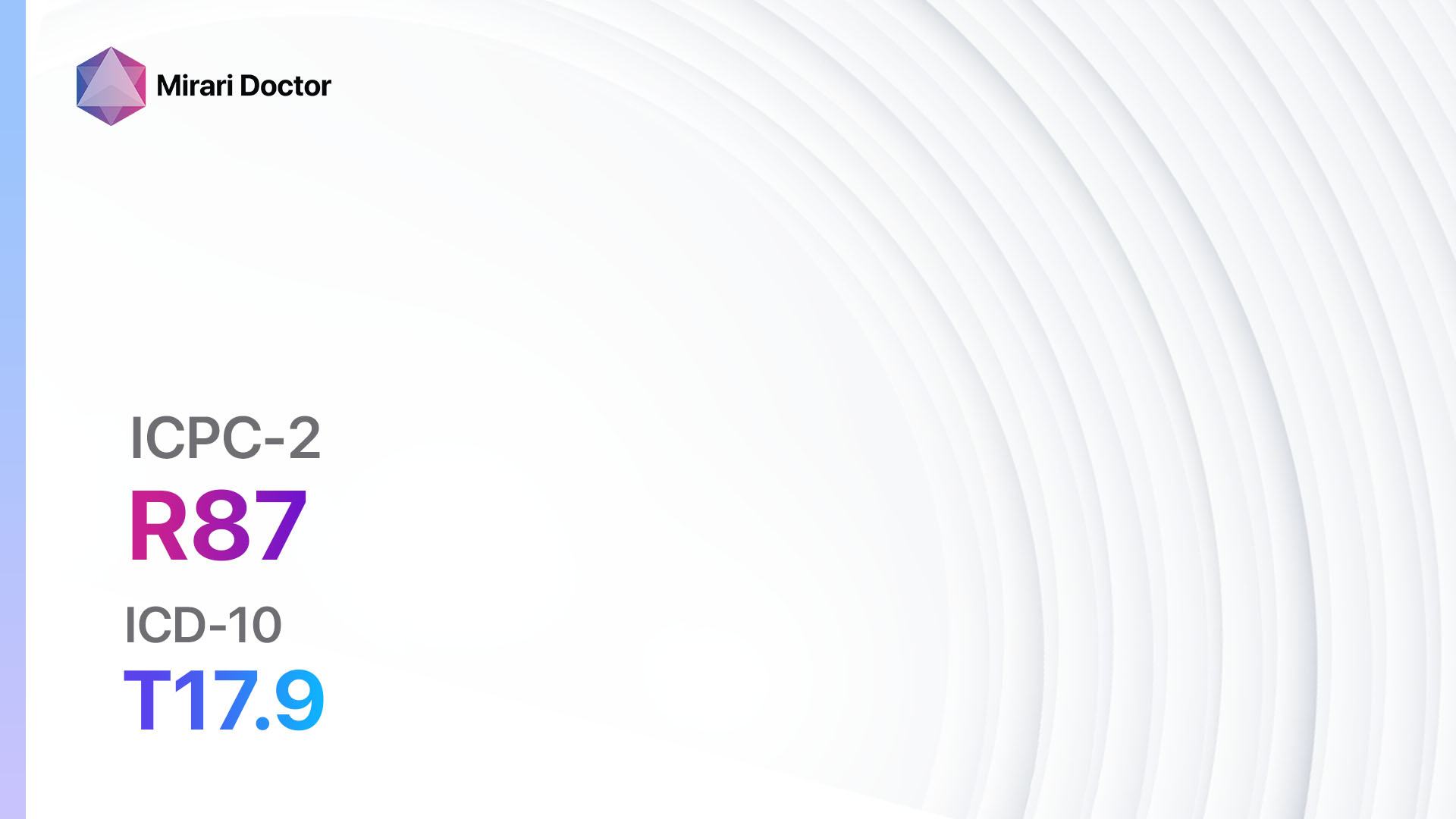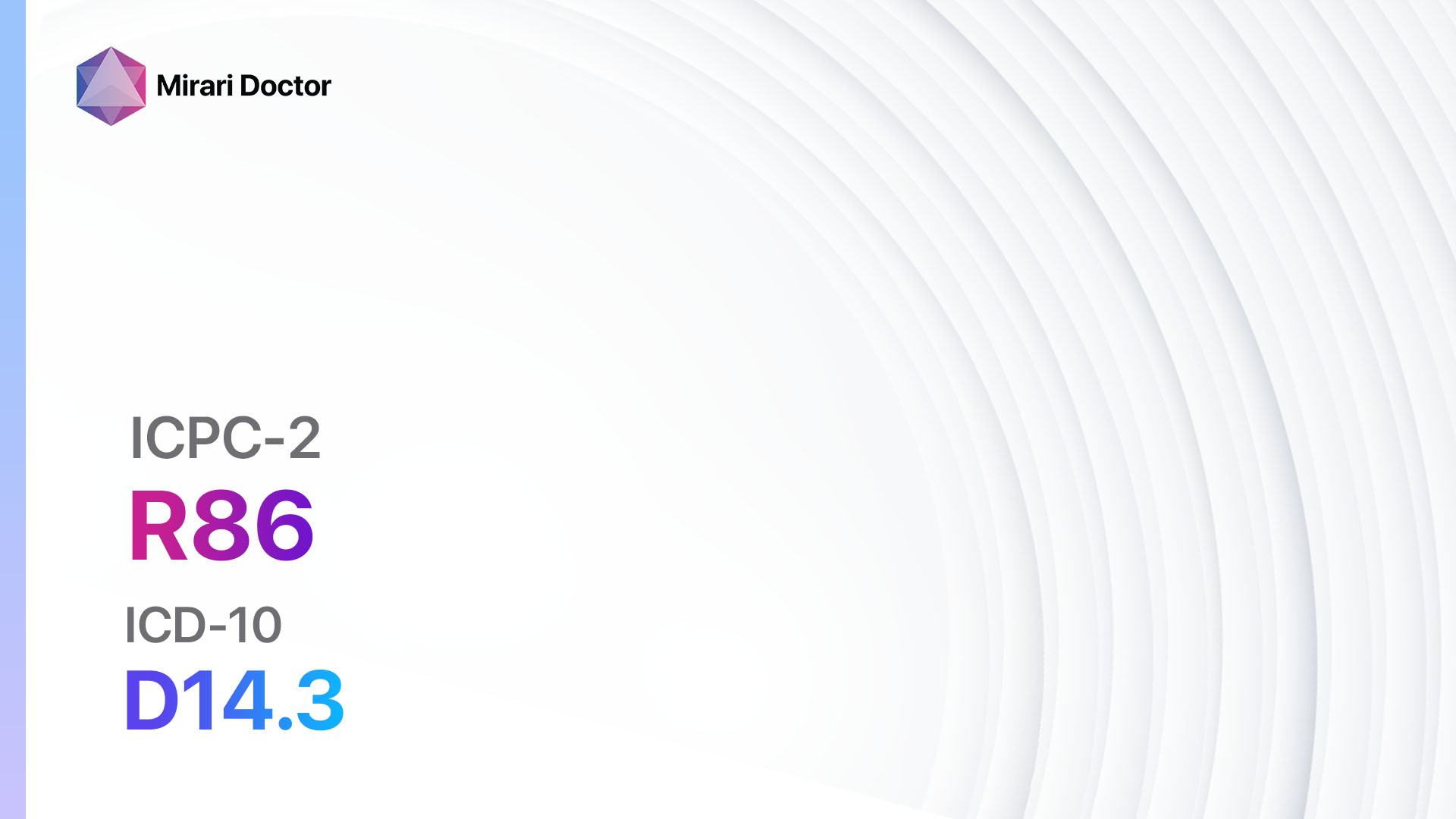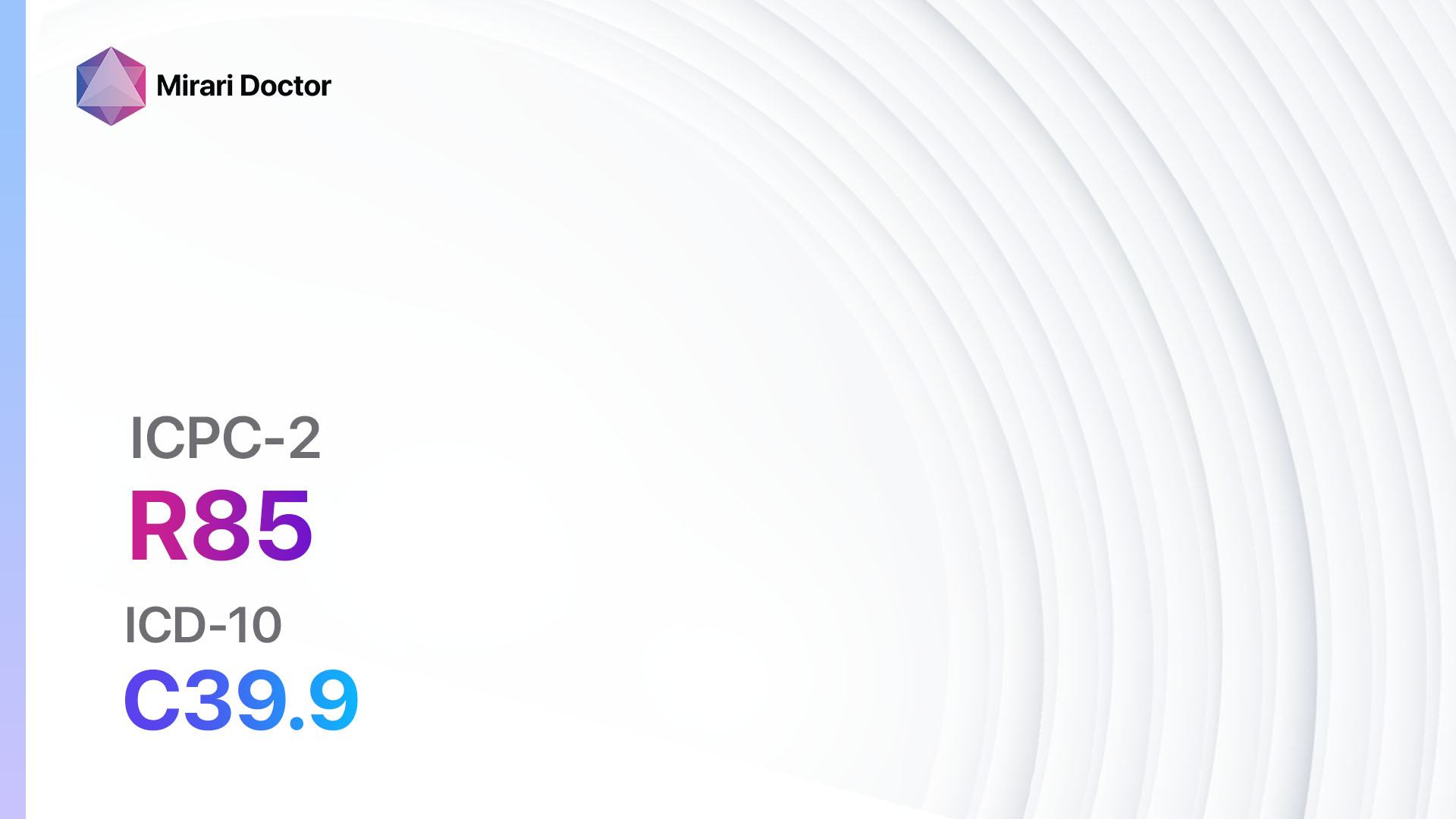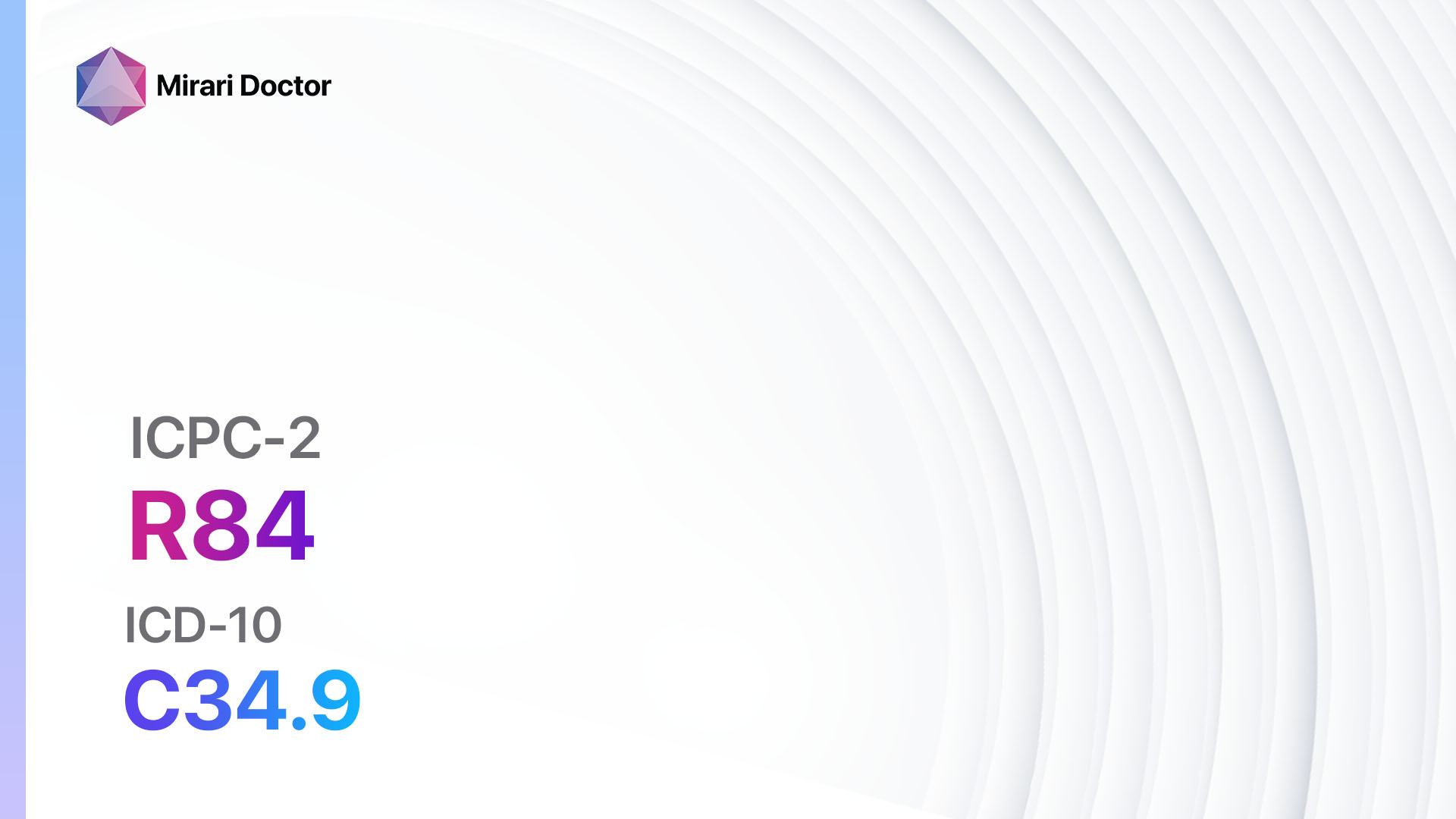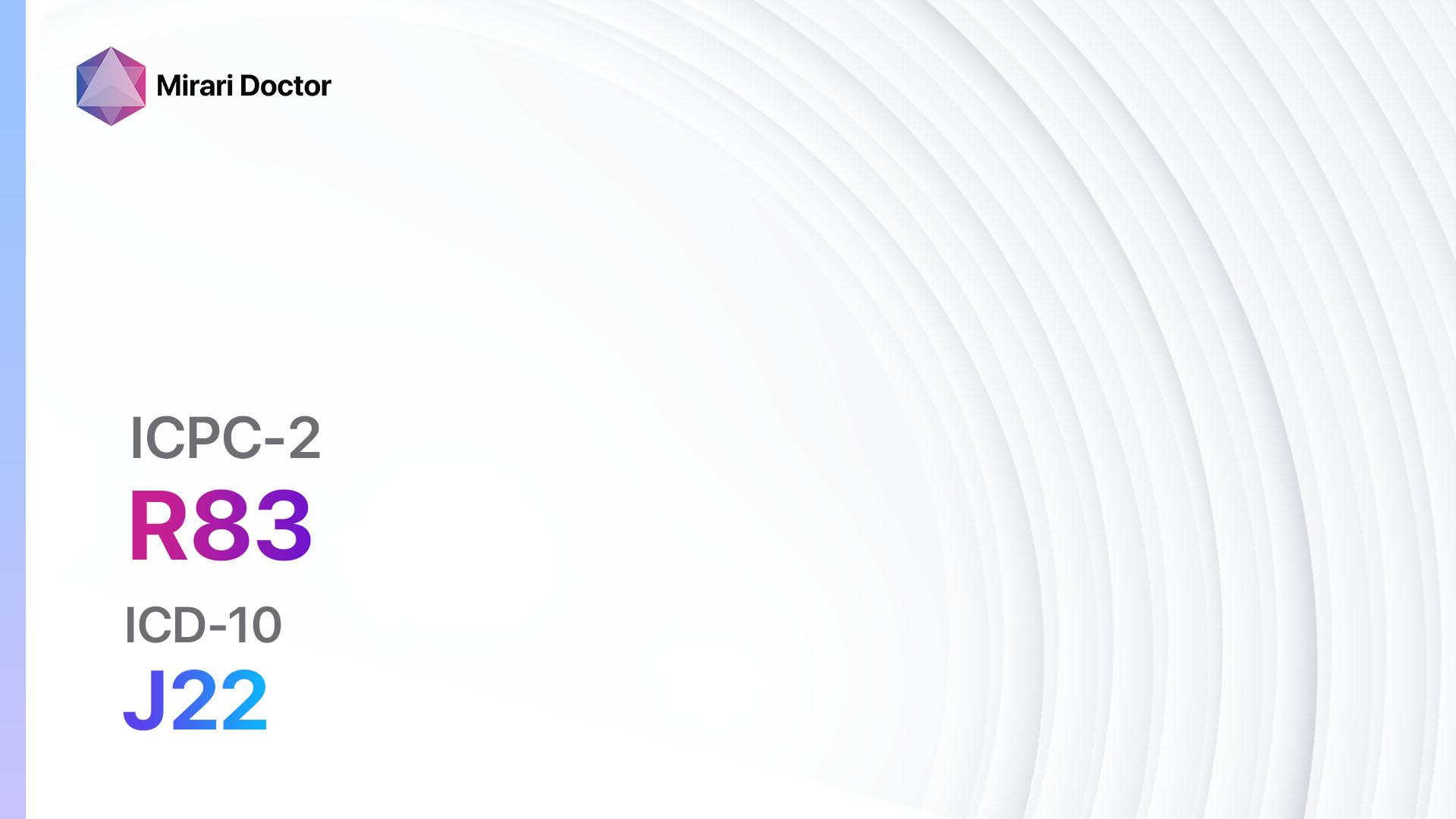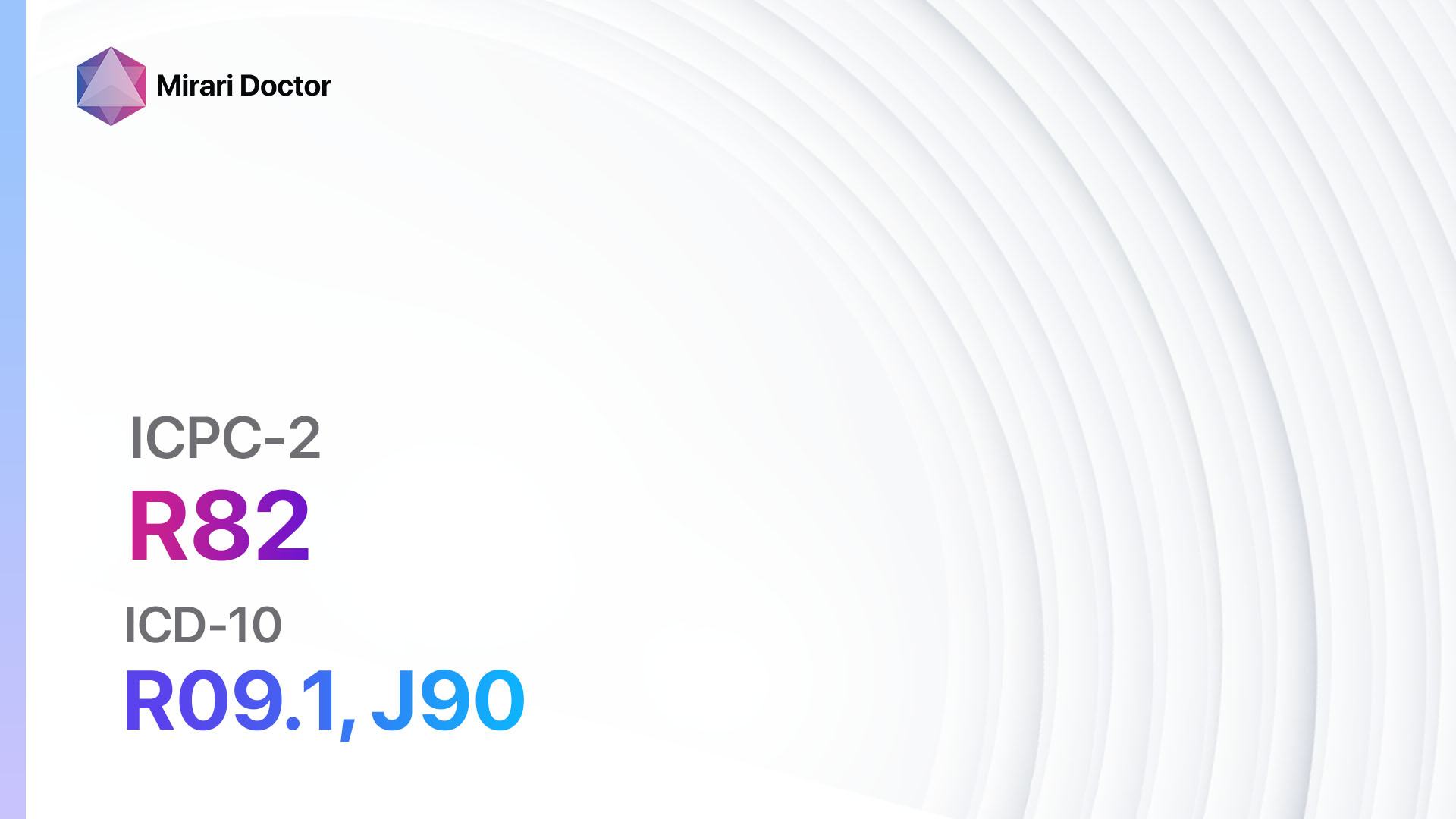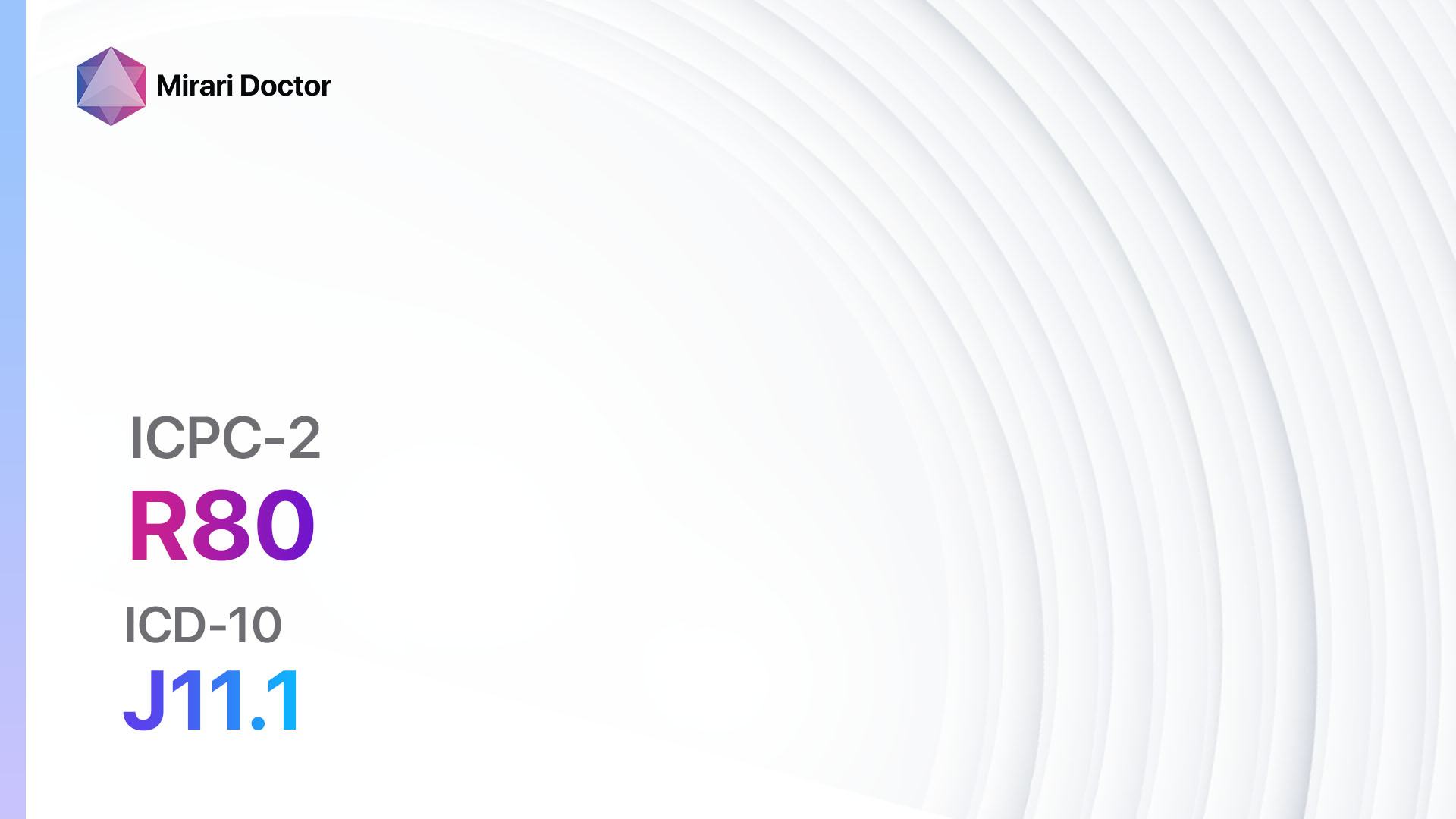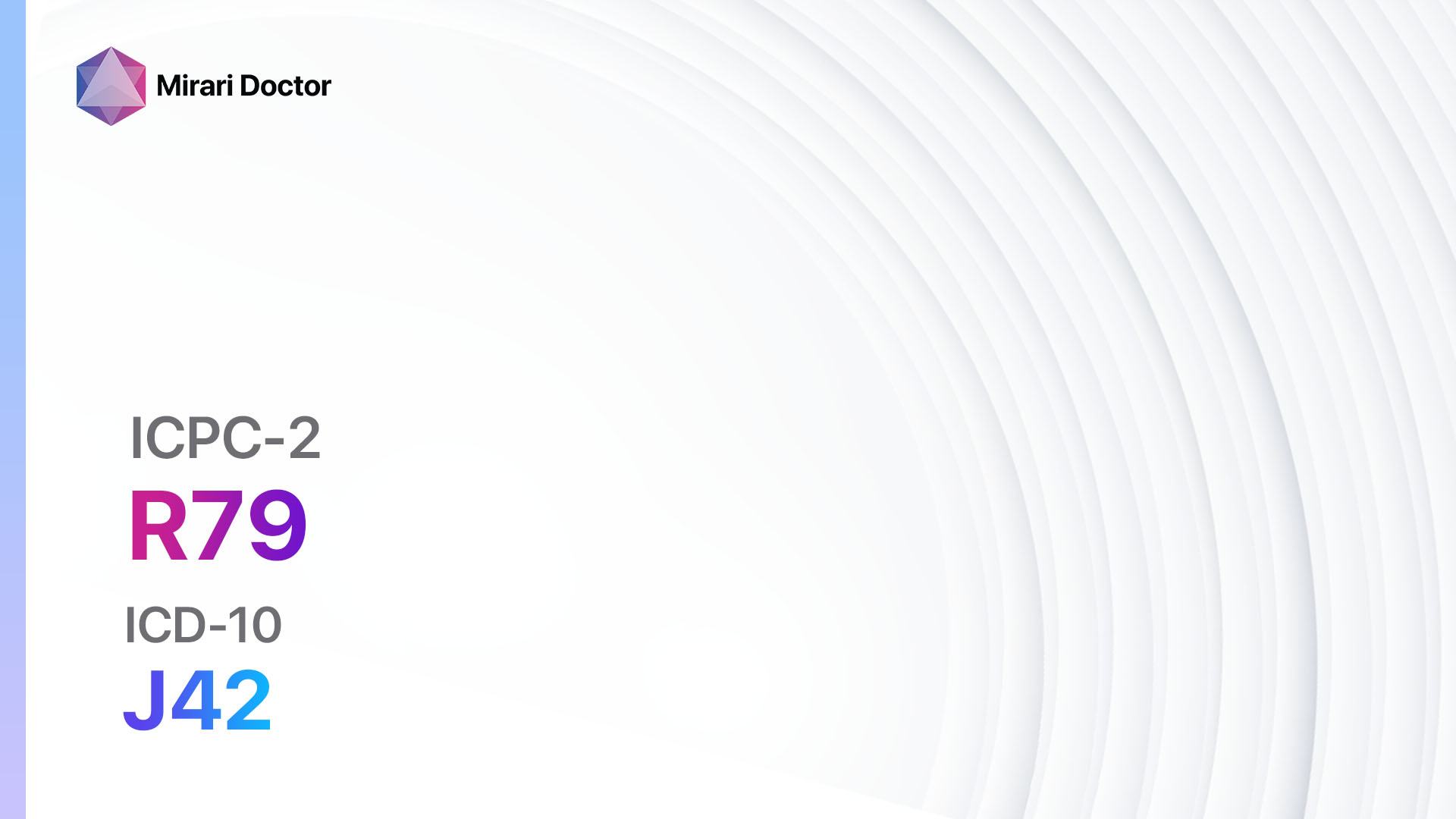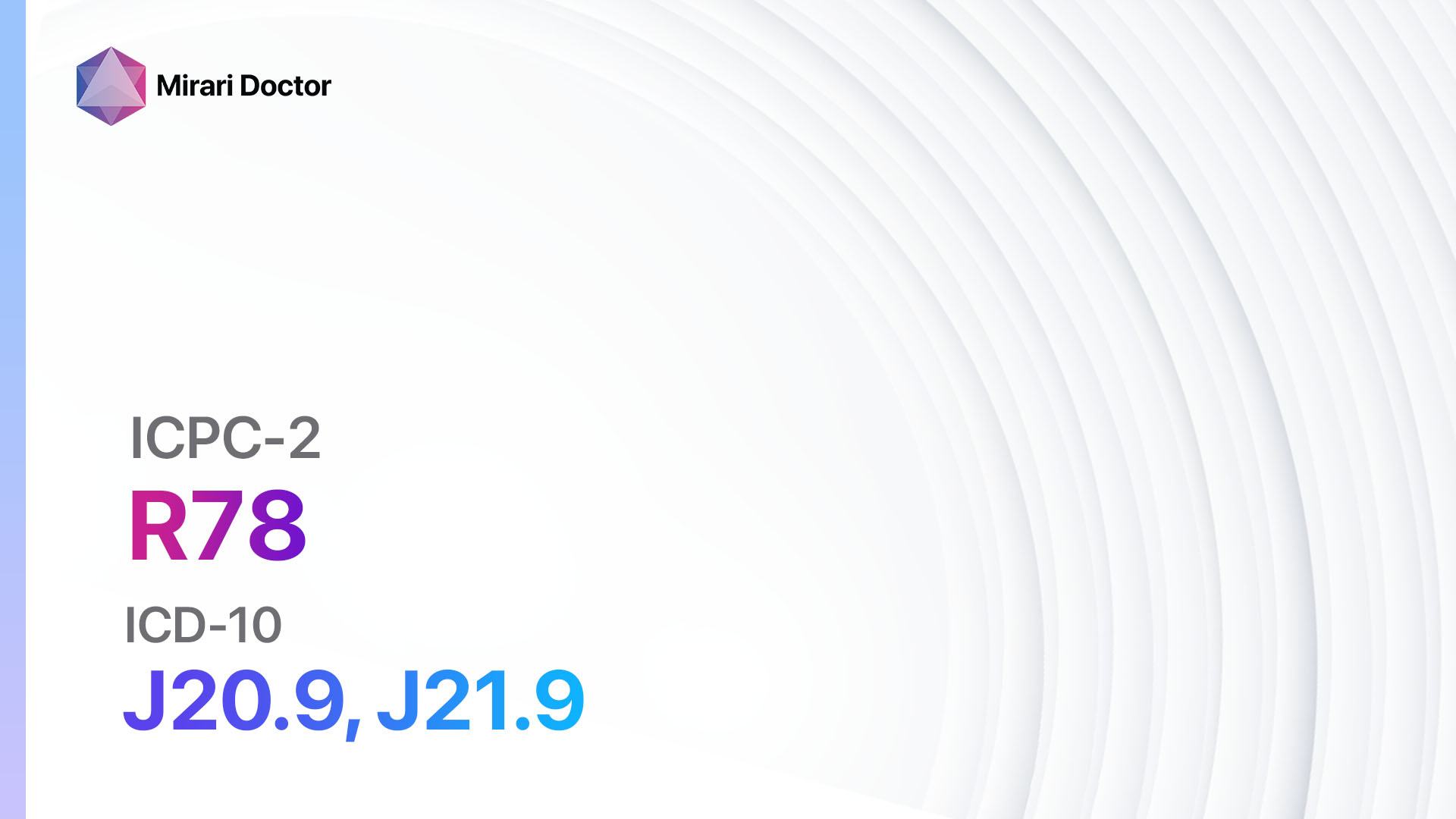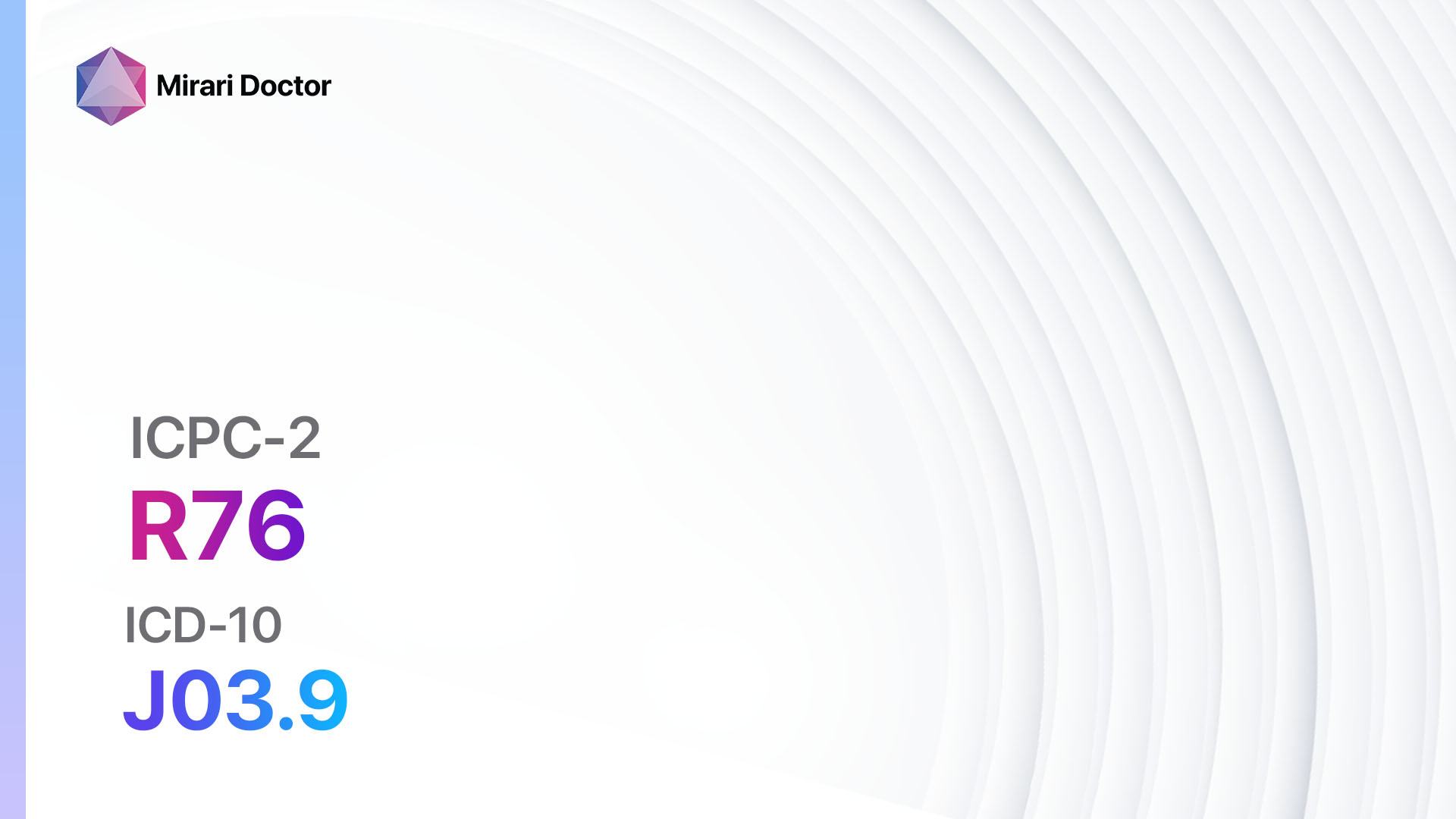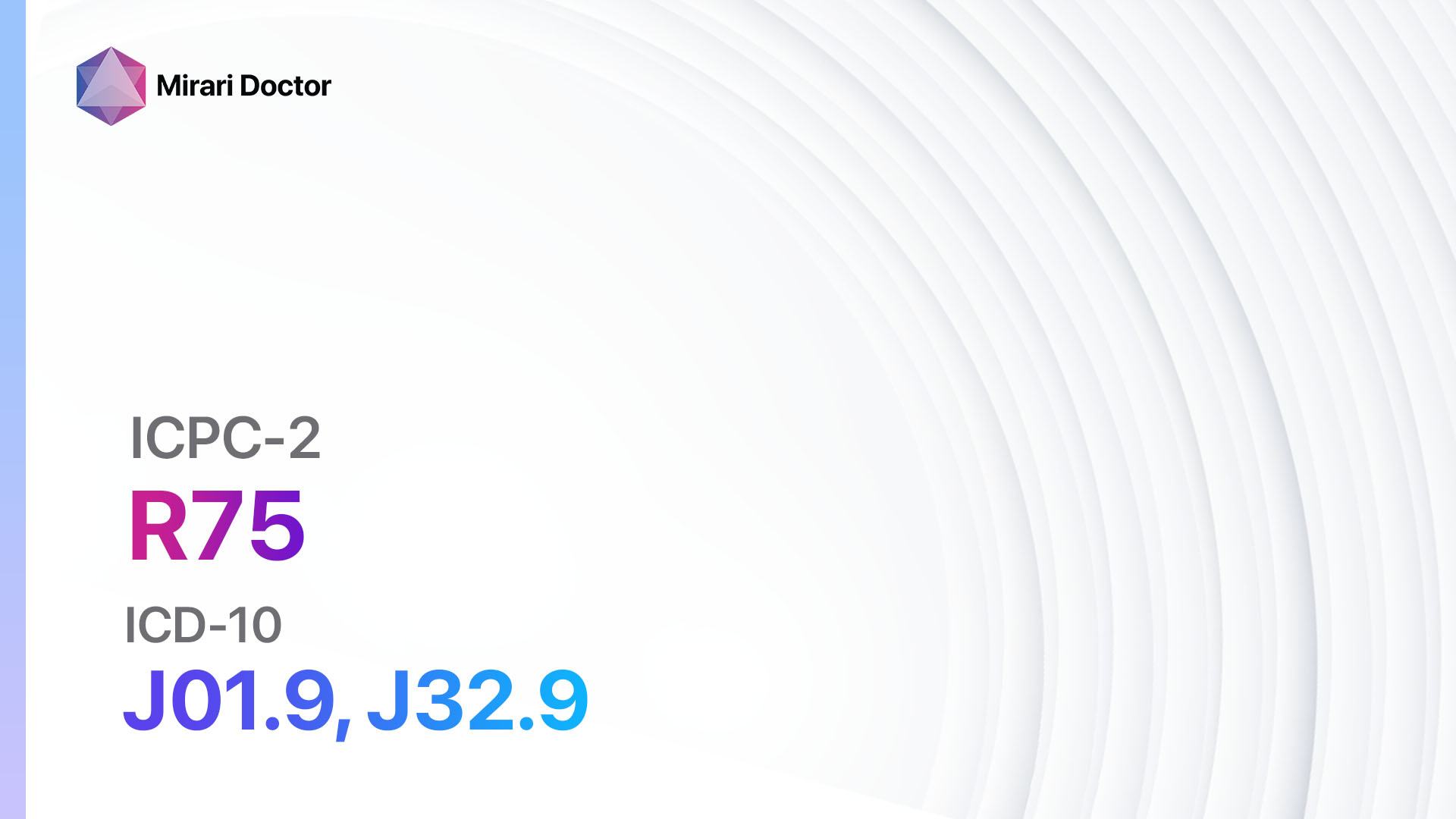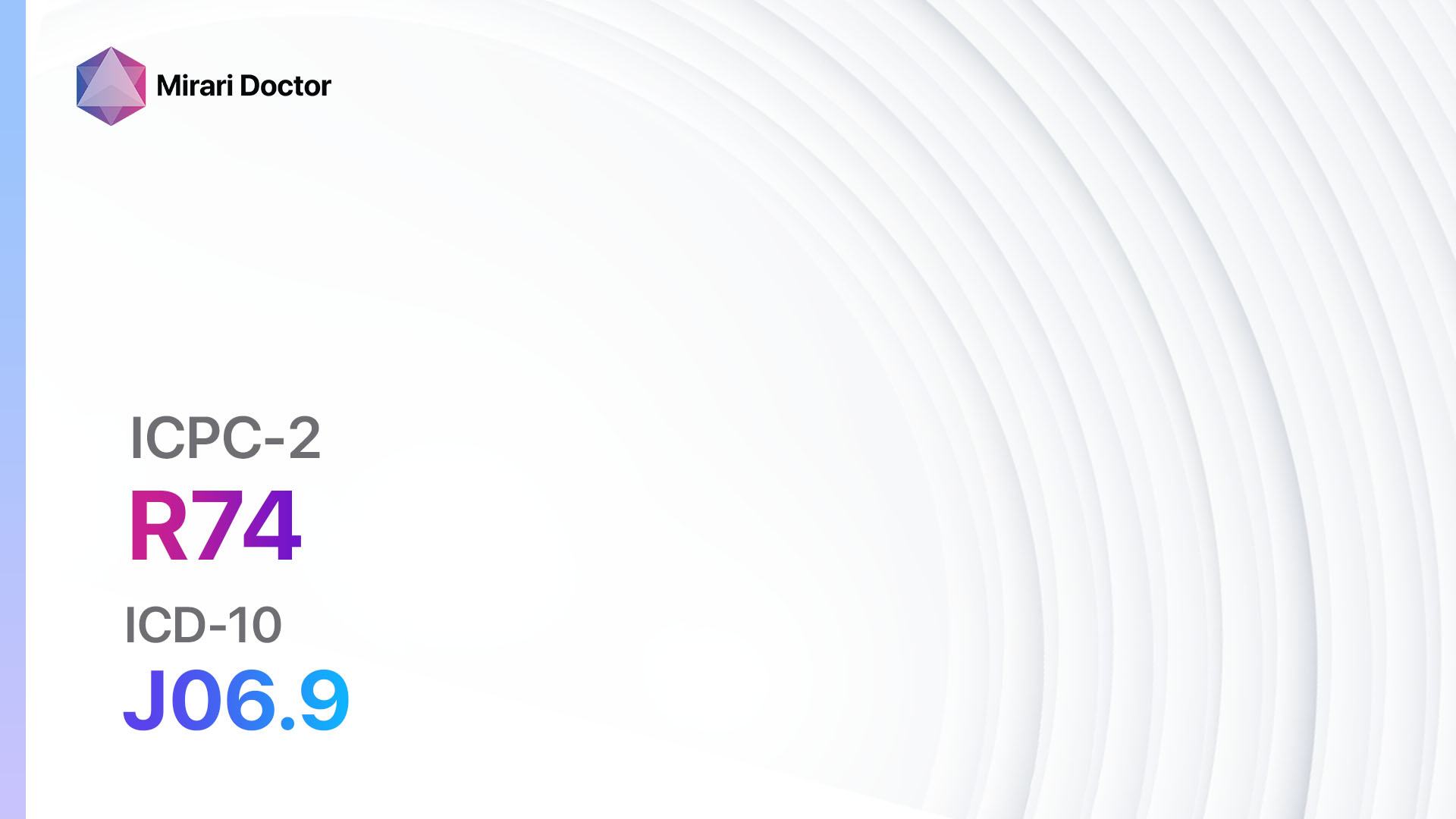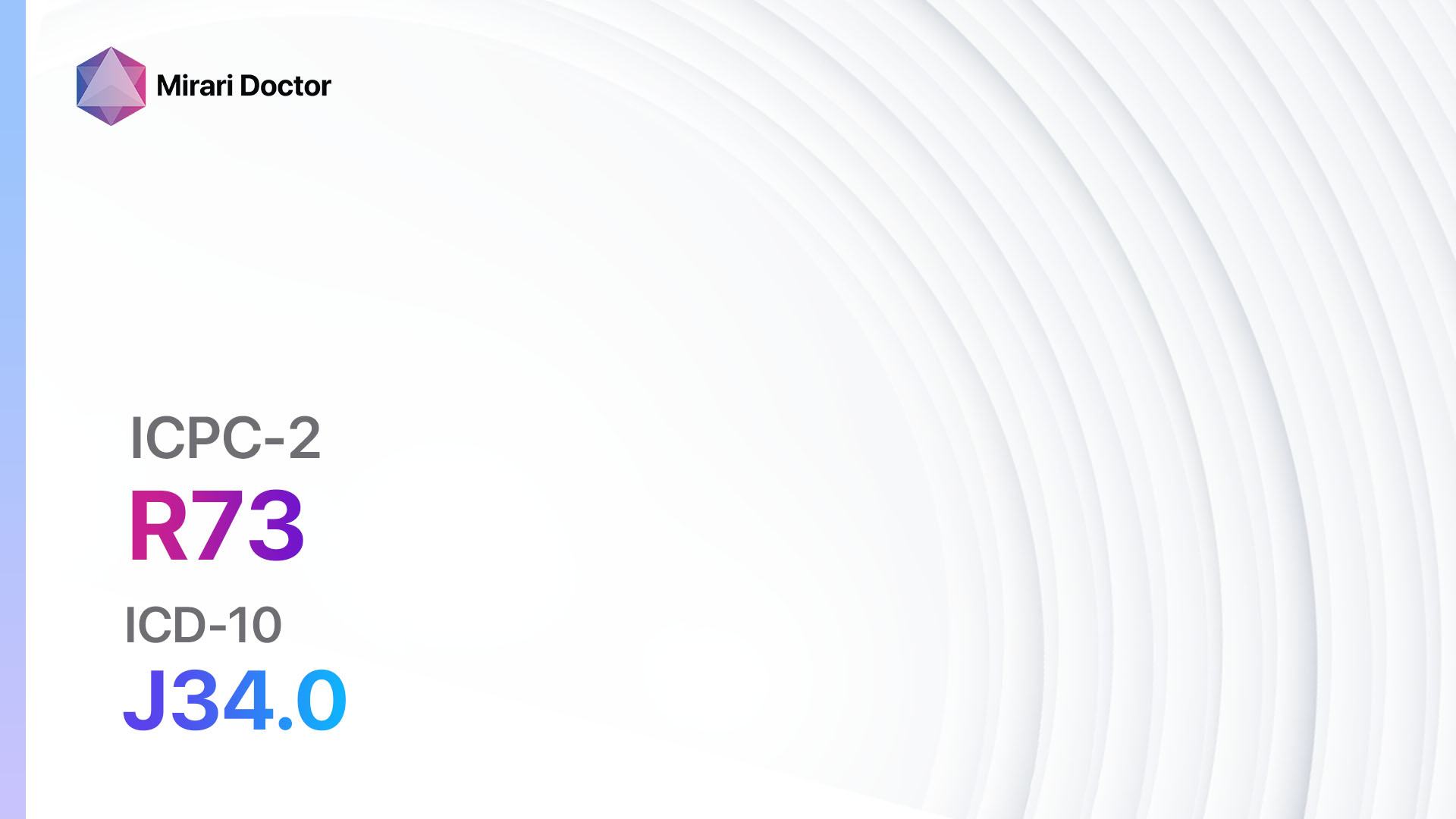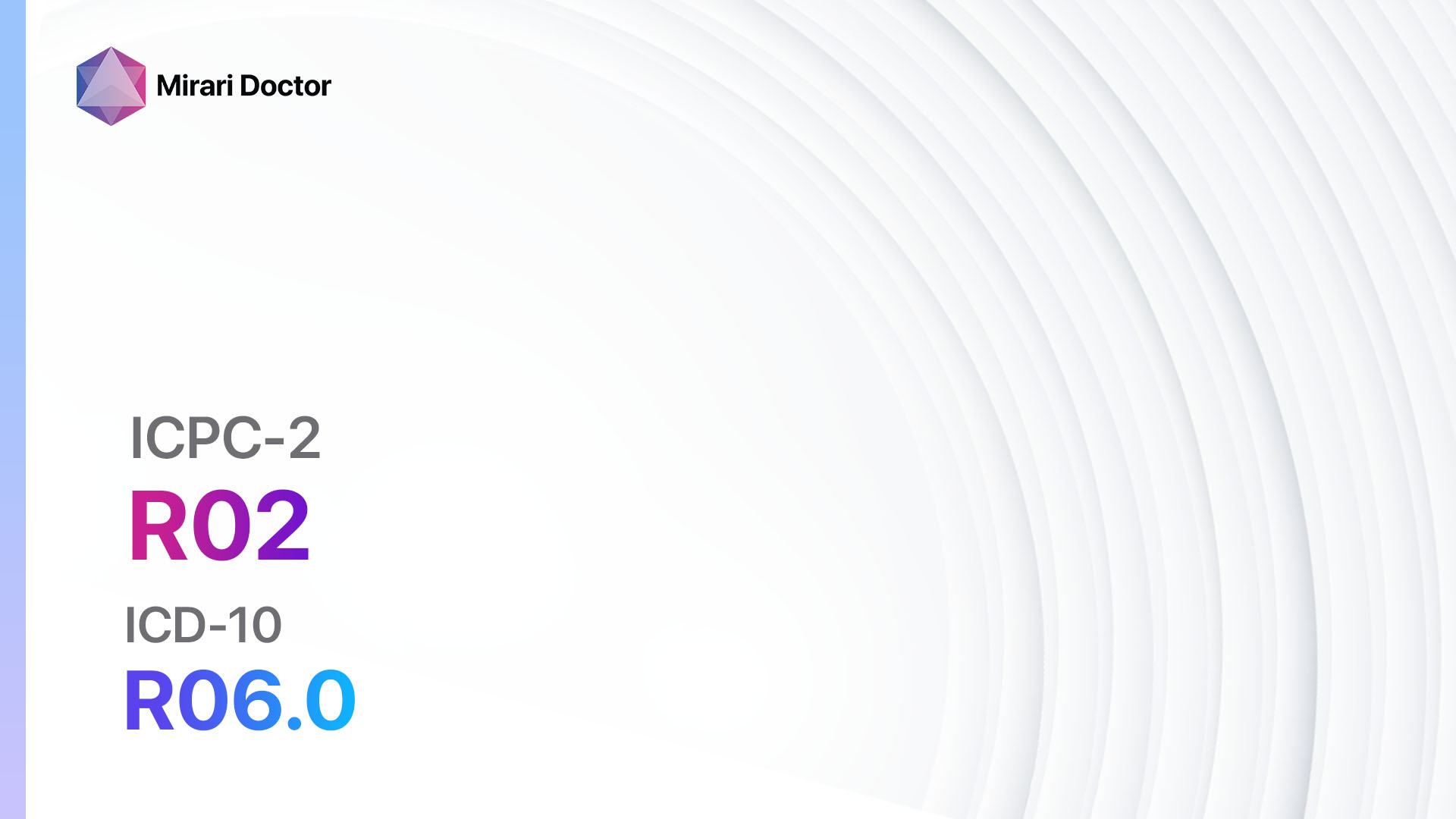
Introduction
Shortness of breath, also known as dyspnoea, is a common symptom that can be caused by various underlying conditions. It is characterized by a feeling of breathlessness or difficulty in breathing[1]. This guide aims to provide a comprehensive overview of the diagnostic steps and possible interventions for shortness of breath/dyspnoea.
Codes
Symptoms
- Rapid breathing: The individual may experience an increased respiratory rate[4].
- Chest tightness: The individual may feel a sensation of pressure or constriction in the chest[5].
- Wheezing: The individual may produce a whistling sound while breathing[6].
- Cough: The individual may have a persistent cough, which may be dry or accompanied by phlegm[7].
- Cyanosis: The individual’s skin may appear bluish due to inadequate oxygenation[8].
- Fatigue: The individual may feel tired or exhausted due to the increased effort required for breathing[9].
Causes
- Respiratory conditions: Shortness of breath can be caused by respiratory conditions such as asthma, chronic obstructive pulmonary disease (COPD), pneumonia, or pulmonary embolism[10].
- Cardiac conditions: Heart failure, coronary artery disease, or arrhythmias can lead to shortness of breath.
- Anemia: A low red blood cell count can result in inadequate oxygen delivery to the tissues, leading to dyspnoea.
- Anxiety or panic disorders: Psychological factors can contribute to the sensation of breathlessness.
- Obesity: Excess weight can put strain on the respiratory system, causing dyspnoea.
Diagnostic Steps
Medical History
- Gather information about the onset, duration, and severity of the symptoms.
- Identify any risk factors, such as smoking, exposure to environmental pollutants, or a family history of respiratory or cardiac conditions.
- Inquire about any underlying medical conditions, such as asthma, COPD, or heart disease.
- Assess the impact of the symptoms on the individual’s daily activities and quality of life.
Physical Examination
- Evaluate the individual’s respiratory rate, rhythm, and effort.
- Listen for abnormal breath sounds, such as wheezing or crackles.
- Assess the individual’s heart sounds and check for signs of fluid overload, such as peripheral edema.
- Measure the individual’s oxygen saturation levels using a pulse oximeter.
- Check for signs of cyanosis or clubbing of the fingers.
Laboratory Tests
- Complete blood count (CBC): To assess for anemia or infection.
- Arterial blood gas (ABG) analysis: To evaluate the individual’s oxygen and carbon dioxide levels.
- Pulmonary function tests (PFTs): To assess lung function and identify any obstructive or restrictive patterns.
- D-dimer test: To rule out pulmonary embolism.
- Cardiac enzymes: To evaluate for cardiac-related causes of dyspnoea.
Diagnostic Imaging
- Chest X-ray: To assess the condition of the lungs and heart.
- Echocardiogram: To evaluate the structure and function of the heart.
- Computed tomography (CT) scan: To visualize the lungs and identify any abnormalities.
- Ventilation-perfusion (V/Q) scan: To diagnose or rule out pulmonary embolism.
- Magnetic resonance imaging (MRI): To assess the heart and blood vessels in more detail.
Other Tests
- Exercise stress test: To evaluate the individual’s cardiovascular fitness and identify any exercise-induced symptoms.
- Allergy testing: To determine if allergies are contributing to the symptoms.
- Sleep study: To assess for sleep-related breathing disorders, such as sleep apnea.
- Bronchoscopy: To visualize the airways and collect samples for further analysis.
- Cardiac catheterization: To evaluate the blood flow and pressure within the heart and blood vessels.
Follow-up and Patient Education
- Schedule follow-up appointments to monitor the individual’s progress and adjust treatment as needed.
- Provide education on managing symptoms, including the use of inhalers, medications, and lifestyle modifications.
- Discuss the importance of regular exercise, smoking cessation, and maintaining a healthy weight.
- Address any concerns or questions the individual may have regarding their condition or treatment plan.
Possible Interventions
Traditional Interventions
Medications:
Top 5 drugs for Shortness of breath/dyspnoea:
- Bronchodilators (e.g., Albuterol, Salmeterol):
- Cost: Generic versions can be $10-$50/month.
- Contraindications: Hypersensitivity to the medication.
- Side effects: Tremors, increased heart rate.
- Severe side effects: Chest pain, irregular heartbeat.
- Drug interactions: Beta-blockers, diuretics.
- Warning: Overuse can lead to decreased effectiveness.
- Corticosteroids (e.g., Prednisone, Fluticasone):
- Cost: Generic versions can be $10-$50/month.
- Contraindications: Active infections, systemic fungal infections.
- Side effects: Increased appetite, weight gain.
- Severe side effects: Adrenal suppression, osteoporosis.
- Drug interactions: NSAIDs, anticoagulants.
- Warning: Long-term use can lead to dependency.
- Diuretics (e.g., Furosemide, Hydrochlorothiazide):
- Cost: Generic versions can be $10-$50/month.
- Contraindications: Severe electrolyte imbalance, anuria.
- Side effects: Increased urination, electrolyte imbalances.
- Severe side effects: Dehydration, kidney damage.
- Drug interactions: NSAIDs, ACE inhibitors.
- Warning: Regular monitoring of electrolyte levels is required.
- Anticoagulants (e.g., Warfarin, Apixaban):
- Cost: Generic versions can be $10-$50/month.
- Contraindications: Active bleeding, history of bleeding disorders.
- Side effects: Easy bruising, bleeding gums.
- Severe side effects: Hemorrhage, allergic reactions.
- Drug interactions: NSAIDs, other blood thinners.
- Warning: Regular monitoring of blood clotting parameters is required.
- Beta-blockers (e.g., Metoprolol, Atenolol):
- Cost: Generic versions can be $10-$50/month.
- Contraindications: Severe bradycardia, heart block.
- Side effects: Fatigue, dizziness.
- Severe side effects: Worsening of heart failure, bronchospasm.
- Drug interactions: Calcium channel blockers, insulin.
- Warning: Should not be abruptly stopped.
Alternative Drugs:
- Antidepressants (e.g., Sertraline, Escitalopram): May be prescribed if anxiety or panic disorders are contributing to the symptoms.
- Oxygen therapy: Supplemental oxygen may be provided to improve oxygenation in individuals with severe dyspnoea.
Surgical Procedures:
- Lung transplantation: In severe cases of respiratory conditions, a lung transplant may be considered as a last resort.
- Cardiac procedures: Depending on the underlying cardiac condition, procedures such as angioplasty, stent placement, or coronary artery bypass surgery may be necessary.
Alternative Interventions
- Acupuncture: May help improve breathing and reduce anxiety. Cost: $60-$120 per session.
- Yoga: Breathing exercises and relaxation techniques in yoga can improve lung function and reduce dyspnoea. Cost: Varies depending on the location and instructor.
- Breathing exercises: Techniques such as pursed-lip breathing and diaphragmatic breathing can help individuals manage their dyspnoea. Cost: Free.
- Herbal supplements: Some herbs, such as ginger or peppermint, may have potential benefits for improving respiratory function. Cost: Varies depending on the specific supplement.
- Mind-body therapies: Practices such as meditation or mindfulness can help individuals cope with dyspnoea and reduce anxiety. Cost: Varies depending on the specific therapy.
Lifestyle Interventions
- Smoking cessation: Quitting smoking can significantly improve respiratory function and reduce dyspnoea. Cost: Varies depending on the method used (e.g., nicotine replacement therapy, medications, counseling).
- Weight management: Losing excess weight can reduce the strain on the respiratory system and improve breathing. Cost: Varies depending on the chosen weight loss method (e.g., diet programs, gym memberships).
- Regular exercise: Engaging in regular physical activity can improve cardiovascular fitness and lung function, reducing dyspnoea. Cost: Varies depending on the chosen activity (e.g., gym memberships, sports equipment).
- Avoidance of triggers: Identifying and avoiding triggers such as allergens or pollutants can help reduce dyspnoea episodes. Cost: Varies depending on the specific triggers (e.g., air purifiers, allergy-proof bedding).
- Breathing humidified air: Using a humidifier or taking steam showers can help moisten the airways and reduce dyspnoea. Cost: Varies depending on the chosen method (e.g., humidifier cost, water usage).
It is important to note that the cost ranges provided are approximate and may vary depending on the location and availability of the interventions. It is recommended to consult with healthcare professionals for personalized recommendations and cost estimates.
Mirari Cold Plasma Alternative Intervention
Understanding Mirari Cold Plasma
- Safe and Non-Invasive Treatment: Mirari Cold Plasma is a safe and non-invasive treatment option for various skin conditions. It does not require incisions, minimizing the risk of scarring, bleeding, or tissue damage.
- Efficient Extraction of Foreign Bodies: Mirari Cold Plasma facilitates the removal of foreign bodies from the skin by degrading and dissociating organic matter, allowing easier access and extraction.
- Pain Reduction and Comfort: Mirari Cold Plasma has a local analgesic effect, providing pain relief during the treatment, making it more comfortable for the patient.
- Reduced Risk of Infection: Mirari Cold Plasma has antimicrobial properties, effectively killing bacteria and reducing the risk of infection.
- Accelerated Healing and Minimal Scarring: Mirari Cold Plasma stimulates wound healing and tissue regeneration, reducing healing time and minimizing the formation of scars.
Mirari Cold Plasma Prescription
Video instructions for using Mirari Cold Plasma Device – R02 Shortness of breath/dyspnoea (ICD-10:R06.0)
| Mild | Moderate | Severe |
| Mode setting: 1 (Infection) Location: 4 (Heart, Bile & Pancreas) Morning: 15 minutes, Evening: 15 minutes |
Mode setting: 1 (Infection) Location: 4 (Heart, Bile & Pancreas) Morning: 30 minutes, Lunch: 30 minutes, Evening: 30 minutes |
Mode setting: 1 (Infection) Location: 4 (Heart, Bile & Pancreas) Morning: 30 minutes, Lunch: 30 minutes, Evening: 30 minutes |
| Mode setting: 2 (Wound Healing) Location: 4 (Heart, Bile & Pancreas) Morning: 15 minutes, Evening: 15 minutes |
Mode setting: 2 (Wound Healing) Location: 4 (Heart, Bile & Pancreas) Morning: 30 minutes, Lunch: 30 minutes, Evening: 30 minutes |
Mode setting: 2 (Wound Healing) Location: 4 (Heart, Bile & Pancreas) Morning: 30 minutes, Lunch: 30 minutes, Evening: 30 minutes |
| Total Morning: 30 minutes approx. $5 USD, Evening: 30 minutes approx. $5 USD |
Total Morning: 60 minutes approx. $10 USD, Lunch: 60 minutes approx. $10 USD, Evening: 60 minutes approx. $10 USD, |
Total Morning: 60 minutes approx. $10 USD, Lunch: 60 minutes approx. $10 USD, Evening: 60 minutes approx. $10 USD, |
| Usual treatment for 7-60 days approx. $70 USD – $600 USD | Usual treatment for 6-8 weeks approx. $1,260 USD – $1,680 USD |
Usual treatment for 3-6 months approx. $2,700 USD – $5,400 USD
|
 |
|
Use the Mirari Cold Plasma device to treat Shortness of breath/dyspnoea effectively.
WARNING: MIRARI COLD PLASMA IS DESIGNED FOR THE HUMAN BODY WITHOUT ANY ARTIFICIAL OR THIRD PARTY PRODUCTS. USE OF OTHER PRODUCTS IN COMBINATION WITH MIRARI COLD PLASMA MAY CAUSE UNPREDICTABLE EFFECTS, HARM OR INJURY. PLEASE CONSULT A MEDICAL PROFESSIONAL BEFORE COMBINING ANY OTHER PRODUCTS WITH USE OF MIRARI.
Step 1: Cleanse the Skin
- Start by cleaning the affected area of the skin with a gentle cleanser or mild soap and water. Gently pat the area dry with a clean towel.
Step 2: Prepare the Mirari Cold Plasma device
- Ensure that the Mirari Cold Plasma device is fully charged or has fresh batteries as per the manufacturer’s instructions. Make sure the device is clean and in good working condition.
- Switch on the Mirari device using the power button or by following the specific instructions provided with the device.
- Some Mirari devices may have adjustable settings for intensity or treatment duration. Follow the manufacturer’s instructions to select the appropriate settings based on your needs and the recommended guidelines.
Step 3: Apply the Device
- Place the Mirari device in direct contact with the affected area of the skin. Gently glide or hold the device over the skin surface, ensuring even coverage of the area experiencing.
- Slowly move the Mirari device in a circular motion or follow a specific pattern as indicated in the user manual. This helps ensure thorough treatment coverage.
Step 4: Monitor and Assess:
- Keep track of your progress and evaluate the effectiveness of the Mirari device in managing your Shortness of breath/dyspnoea. If you have any concerns or notice any adverse reactions, consult with your health care professional.
Note
This guide is for informational purposes only and should not replace the advice of a medical professional. Always consult with your healthcare provider or a qualified medical professional for personal advice, diagnosis, or treatment. Do not solely rely on the information presented here for decisions about your health. Use of this information is at your own risk. The authors of this guide, nor any associated entities or platforms, are not responsible for any potential adverse effects or outcomes based on the content.
Mirari Cold Plasma System Disclaimer
- Purpose: The Mirari Cold Plasma System is a Class 2 medical device designed for use by trained healthcare professionals. It is registered for use in Thailand and Vietnam. It is not intended for use outside of these locations.
- Informational Use: The content and information provided with the device are for educational and informational purposes only. They are not a substitute for professional medical advice or care.
- Variable Outcomes: While the device is approved for specific uses, individual outcomes can differ. We do not assert or guarantee specific medical outcomes.
- Consultation: Prior to utilizing the device or making decisions based on its content, it is essential to consult with a Certified Mirari Tele-Therapist and your medical healthcare provider regarding specific protocols.
- Liability: By using this device, users are acknowledging and accepting all potential risks. Neither the manufacturer nor the distributor will be held accountable for any adverse reactions, injuries, or damages stemming from its use.
- Geographical Availability: This device has received approval for designated purposes by the Thai and Vietnam FDA. As of now, outside of Thailand and Vietnam, the Mirari Cold Plasma System is not available for purchase or use.
References
- Parshall, M. B., Schwartzstein, R. M., Adams, L., Banzett, R. B., Manning, H. L., Bourbeau, J., … & O’Donnell, D. E. (2012). An official American Thoracic Society statement: update on the mechanisms, assessment, and management of dyspnea. American journal of respiratory and critical care medicine, 185(4), 435-452.
- World Health Organization. (2016). International Classification of Primary Care, Second edition (ICPC-2).
- World Health Organization. (2019). International Statistical Classification of Diseases and Related Health Problems (11th ed.).
- Banzett, R. B., & Moosavi, S. H. (2017). Dyspnea and pain: similarities and contrasts between two very unpleasant sensations. American Pain Society, 16(6), 491-497.
- Wahls, S. A. (2012). Causes and evaluation of chronic dyspnea. American family physician, 86(2), 173-182.
- Sarkar, M., Madabhavi, I., Niranjan, N., & Dogra, M. (2015). Auscultation of the respiratory system. Annals of thoracic medicine, 10(3), 158.
- Irwin, R. S., French, C. L., Chang, A. B., Altman, K. W., & CHEST Expert Cough Panel*. (2018). Classification of cough as a symptom in adults and management algorithms: CHEST guideline and expert panel report. Chest, 153(1), 196-209.
- McMurray, J. J., Adamopoulos, S., Anker, S. D., Auricchio, A., Böhm, M., Dickstein, K., … & ESC Committee for Practice Guidelines. (2012). ESC Guidelines for the diagnosis and treatment of acute and chronic heart failure 2012: The Task Force for the Diagnosis and Treatment of Acute and Chronic Heart Failure 2012 of the European Society of Cardiology. Developed in collaboration with the Heart Failure Association (HFA) of the ESC. European heart journal, 33(14), 1787-1847.
- Grønseth, R., Vollmer, W. M., Hardie, J. A., Ólafsdóttir, I. S., Lamprecht, B., Buist, A. S., … & BOLD Collaborative Research Group. (2014). Predictors of dyspnoea prevalence: results from the BOLD study. European Respiratory Journal, 43(6), 1610-1620.
- Parshall, M. B., Schwartzstein, R. M., Adams, L., Banzett, R. B., Manning, H. L., Bourbeau, J., … & O’Donnell, D. E. (2012). An official American Thoracic Society statement: update on the mechanisms, assessment, and management of dyspnea. American journal of respiratory and critical care medicine, 185(4), 435-452.
Related articles
Made in USA


